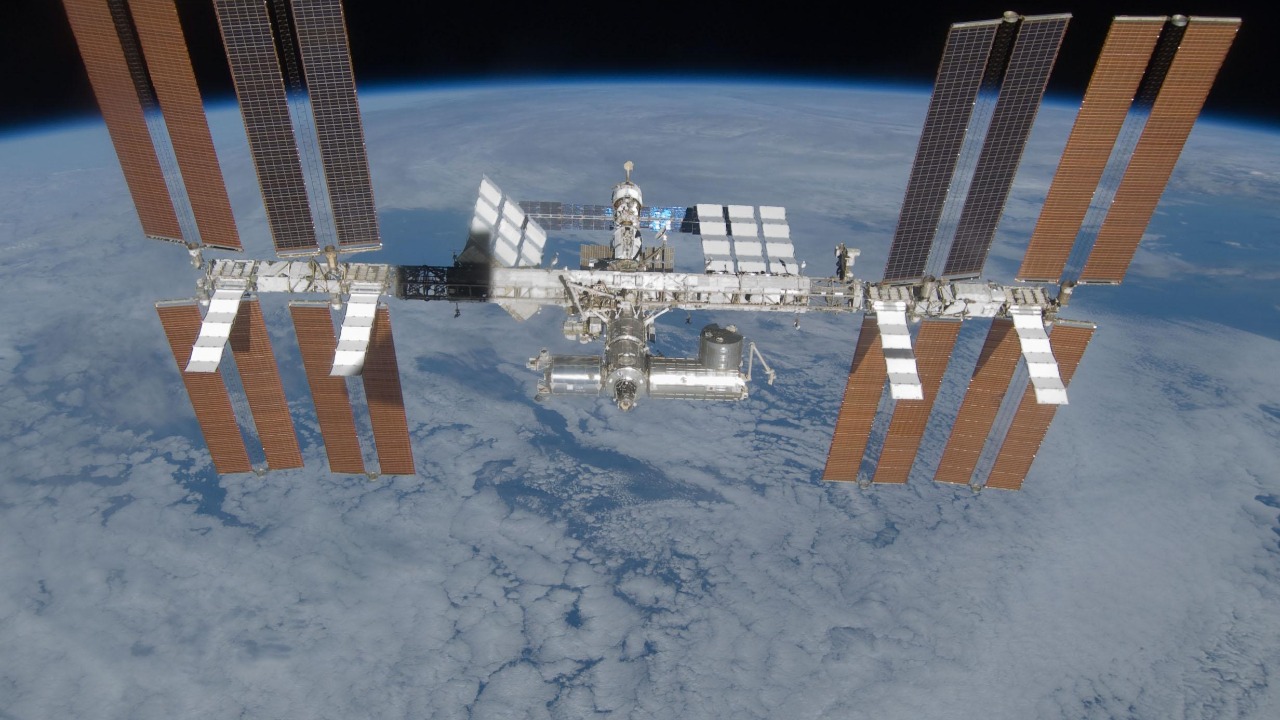
The International Space Station (ISS), a symbol of global cooperation and scientific advancement, is set to retire in 2030. This decision, part of NASA’s strategy to commercialize low-Earth orbit, has sparked discussions about the potential of private space stations to fill the void left by the ISS. As the 2030 deadline looms, the readiness of these commercial alternatives to maintain uninterrupted access to space is under intense scrutiny.
The Legacy of the International Space Station
Launched in 1998, the ISS is a testament to international collaboration, with contributions from NASA, Roscosmos, the European Space Agency (ESA), the Japan Aerospace Exploration Agency (JAXA), and the Canadian Space Agency (CSA). The station reached full assembly in 2011, marking a significant milestone in human space exploration. Over its lifetime, the ISS has hosted more than 260 astronauts from 20 countries and conducted over 3,000 experiments, contributing to our understanding of life in space.
The ISS has played a pivotal role in advancing microgravity research. Breakthroughs in biology, physics, and materials science have not only deepened our understanding of the universe but also informed numerous Earth-based applications. The station’s retirement will undoubtedly leave a significant gap in our ability to conduct such research.
Reasons for the 2030 Deorbit
NASA’s decision to deorbit the ISS in 2030 is driven by several factors. The station’s structural wear, rising maintenance costs exceeding $3-4 billion annually, and the need to shift focus to lunar and Mars missions under the Artemis program have all contributed to this decision. The planned controlled reentry process targets the Pacific Ocean’s Point Nemo for minimal risk, with NASA contracting SpaceX for the deorbit vehicle.
Geopolitical factors also play a role in the ISS’s retirement. Strained U.S.-Russia relations and Russia’s announcement of its own station by 2028 have prompted the end of joint operations, signaling a shift in the landscape of international space collaboration.
The Shift to Commercial Low-Earth Orbit
In 2021, NASA initiated the Commercial Low-Earth Orbit (CLD) program to foster the development of private space stations as successors to the ISS. The agency has awarded $415 million to companies for this purpose. The transition plan involves NASA purchasing services from private platforms starting in 2030, ensuring continuous U.S. presence in space without owning hardware.
International partners are also expected to join commercial ventures to maintain global collaboration post-ISS. This shift represents a new era in space exploration, where private entities play a more prominent role.
Leading Private Space Station Initiatives
Axiom Space’s Axiom Station, backed by NASA funding, is one of the leading private space station initiatives. Planned for launch in 2026, the station’s modules will initially attach to the ISS before operating independently by 2030. The station aims to support research and space tourism.
Blue Origin’s Orbital Reef, a partnership with Sierra Space and Boeing, is another significant project. The station, targeting 2027 operations, will focus on microgravity manufacturing and hospitality services. Nanoracks, now part of Voyager Space, is also developing Starlab with Airbus for a 2028 deployment to support biotech and AI experiments in orbit.
Technical and Operational Challenges
Private space stations face numerous challenges in replicating the capabilities of the ISS. These include developing life support systems for long-duration stays and ensuring docking compatibility with diverse spacecraft. Funding risks also exist, with private stations relying on a mix of government contracts, investor capital, and commercial revenue streams like space tourism, amid economic uncertainties.
Safety concerns, including deorbit reliability and radiation protection, are also paramount. Past incidents on the ISS, such as coolant leaks, underscore the importance of these considerations.
Can Private Stations Bridge the Gap?
Private space stations offer potential advantages, including faster innovation through commercial agility and cost efficiencies compared to government-led projects like the ISS. However, limitations exist. For instance, the initial sizes of these stations will be smaller than the ISS, with Axiom Station at one-third of the ISS’s volume. Questions also remain about sustaining international scientific access without a unified platform.
While NASA aims for no gap in 2030, some analysts warn of potential delays pushing full replacement to the mid-2030s. The feasibility of private stations filling the ISS’s gap remains a topic of ongoing debate.
Implications for Global Space Exploration
The retirement of the ISS and the rise of private space stations will undoubtedly impact international cooperation in space exploration. Europe, Japan, and Canada are seeking roles in private stations, while Russia and China are advancing their own Tiangong expansions. This shift could reshape the dynamics of international space collaboration.
The CLD market could potentially reach $1.5 trillion by 2040, driven by biotech, manufacturing, and tourism enabled by commercial orbits. This economic potential represents a significant opportunity for private entities. However, the broader effects on STEM education and inspiration remain to be seen, as private stations democratize access but may prioritize profit over pure research agendas.
More from MorningOverview